Farro Benefits For Health, Nutrition, And Side Effects
Understand why this refined grain alternative is seeing a revival in the pantries across the globe.
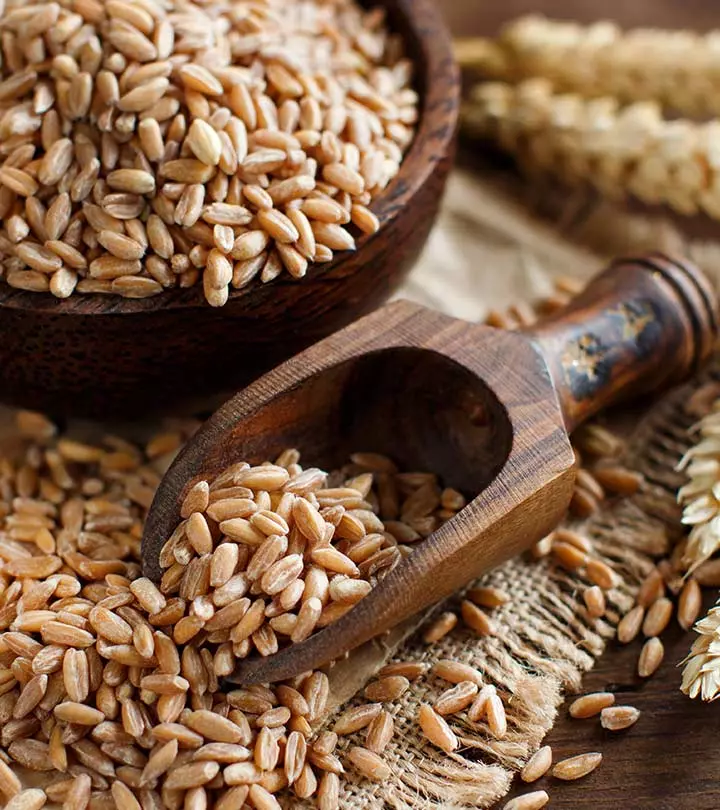
Image: Shutterstock
Farro is a grain with a nutty flavor used in many Italian cuisines. The benefits of farro can be attributed to its nutrient profile. It is rich in antioxidants, plant compounds, fiber, and protein. It may boost digestion, aid in weight loss, improve heart health, and maintain blood sugar levels. This whole wheat grain was once cultivated in ancient Mesopotamia. Farro is currently being popularized as a substitute for refined rice. Keep reading to learn more about farro, its nutritional profile, healthy recipes to try, and side effects.
In This Article
What Is Farro?
Farro is a small light-brown grain that looks similar to barley but has an oblong shape. This whole grain is highly nutritious and is a great alternative to refined grains like rice, quinoa, and buckwheat. It can be eaten alone or used as an ingredient in salads, soups, and other dishes.
 Quick Tip
Quick TipWhat nutrients does farro contain? Continue reading to know about its nutritional profile.
Key Takeaways
- Farro is small, light-brown, and nutty and used in many Italian dishes.
- This grain is packed with antioxidants, plant compounds, fiber, and protein.
- It can improve digestion, contribute to weight loss, aid heart health, and regulate blood sugar levels.
Nutrition Profile Of Farro
According to the U.S. Department of Agriculture, 100 grams of whole grain Emmer farro contain (1):
- Calories: 362
- Protein: 12.77g
- Fat: 2.13g
- Carbohydrate: 72.34g
- Dietary fiber: 10.6g
- Iron: 1.53 mg
- Magnesium: 128 mg
- Zinc: 4.79 mg
- Niacin: 8.511 mg
As you can see, farro is a good source of dietary fiber and is high in B vitamins (such as niacin), so it may be a great addition to one’s daily diet. In addition, this protein-rich whole grain may increase satiety, improve muscle mass, and reduce blood pressure (2), (3), (4). But how much protein should you take daily? A protein calculator can help you understand.
Intake of whole grains like farro is catching up for a range of health benefits they offer. What are they? Scroll down to find out.
Health Benefits Of Farro
1. Is Rich In Dietary Fiber
A study conducted by the University of Illinois (US) found that consuming foods rich in dietary fiber may reduce the risk of colon cancer, type2 diabetes, and cardiovascular disease (5). A higher fiber intake may help lower LDL cholesterol and decrease the risk of coronary heart disease (6). Fiber may also help prevent constipation, promote laxation, lower body weight, and improve gut health (7),(8).
2. Is High In Antioxidants
Whole grains like farro are a great source of antioxidants and other bioactive compounds that may protect against many ailments (9). Research conducted by the University of Life Sciences (Poland) studied six varieties of Triticumspelta (farro grande or spelt), and all of them exhibited antioxidant potential (10). Other varieties in farro, like einkorn and emmer, also have phenolic antioxidants (11). A review published in Oxidative Medicine and Cellular Longevity suggests that foods rich in plant polyphenols protect against cancer, osteoporosis (weak bones), and cardiovascular and neurodegenerative diseases (12).
3. May Help With Weight Loss
A study conducted on 345 overweight and obese adults found that dietary fiber intake promotes weight loss (13). Food rich in protein and fiber can make you feel fuller and decrease food intake, thereby reducing body weight (14). Besides, consuming higher dietary protein may also prevent obesity and related diseases (15). However, long-term studies are needed to understand this benefit.
Another study conducted on 1,19,829 participants aged 13 and above linked a higher intake of whole grains (3 servings a day) with lower BMI (16).
4. May Improve Digestion
Studies suggest that dietary fiber in dicoccum wheat (farro) has laxative potential that helps improve bowel movements, loosen up stools, and prevent constipation (17),(18). A review published in the World Journal of Gastroenterology suggests that dietary fiber intake may increase stool frequency in people with constipation (19).
5. Helps Manage Blood Sugar Levels
Megan Wong, a registered dietitian, says, “Farro is a healthy carbohydrate choice for people trying to manage their blood sugars, such as those with diabetes.” “It is a whole grain that is much lower on the glycemic index scale (digests slowly) compared to refined grains. This means it doesn’t raise your blood sugar as much or as quickly,” she adds. A study conducted by the University of Medical Center (The Netherlands) linked high fiber intake with a decreased mortality rate in people with diabetes (20).
6. May Promote Heart Health
A study conducted by the University of Minnesota (US) found that phytochemicals in whole grains protect against several diseases (21). Rich dietary fiber in these grains may lower LDL cholesterol levels and reduce the risk of cardiovascular diseases (22). However, more studies are needed to understand this benefit of farro in humans.
7. May Improve Brain Health
As a whole grain, farro may lower the risk of brain diseases and potentially improve cognitive function and health. A study revealed that long-term wheat consumption is positively associated with reduced risk of all-cause dementia and Alzheimer’s disease dementia. The individual results of different types of whole grains are comparable, except for popcorn (23). However, its direct association with improved brain health is debatable and requires further scientific evidence.
Farro is available in three types, and they are known by multiple names. Continue reading to know more.
Types Of Farro
- Triticumspelta is spelt, also known as farro grande.
- Triticum monococcum is eikhorn, also termed farro piccolo.
- Triticum dicoccum is emmer farro, also called farro medio.
Each type has a different taste, nutrition profile, and color. Based on the processing types, these are available as:
- Whole grains (the outer layer of bran is retained)
- Semi-pearled farro (the bran is partly removed)
- Pearled farro (no bran)
What to look for while buying farro? Here are a few tips that will help you out.
How To Choose The Best Farro?
Check the label for nutrition and other specifics. Choose whole-grain farro for maximum nutrition. This variety has high fiber and is widely available in the US. Go for pearled farro if you are looking for a variety that cooks fast.
Farro can be eaten as breakfast, a snack, or a whole meal. Here are a few options you can try:
How To Add Farro To Your Diet?
- Make a salad with turnips and greens.
- Prepare a farro vegetable soup.
- Make cheesy farro by mixing it with tomato paste.
- Mix farro with sausage and cook on low heat.
 Quick Tip
Quick TipIt is easy to include farro in your diet. Here are three easy and delicious farro recipes that you can try at home.
1. Farro Salad
What You Need
- Farro – 1½ cups
- Water – 4 cups
- Tomatoes – 1 pound
- Salt – 2 teaspoons
- Snipped fresh chives – ¼ cup
- Sweet onion – ½ cup
- Finely chopped fresh Italian parsley leaves – ¼ cup
- Balsamic vinegar – 2 tablespoons
- Minced garlic clove – 1 large
- Extra-virgin olive oil – ¼ cup
Process
- Add water to the farro in a medium saucepan.
- Add the salt and bring to a boil over high heat.
- Turn the heat to medium-low, cover, and simmer until the farro is tender (about 30 minutes).
- Drain well and transfer to a large bowl to cool.
- Add the tomatoes, onion, chives, and parsley to the farro. Toss to combine.
- Whisk the garlic, vinegar, salt, pepper, and olive oil in a medium bowl.
- Add the vinaigrette to the salad and toss to coat.
- You can refrigerate the salad overnight.
- Bring to room temperature before serving.
2. Apple Farro Breakfast BowlWhat You Need
- Farro – ½ cup
- Coconut oil – 1 tablespoon
- Water – 1½cups
- Dried cranberries – ¼ cup
- Chopped toasted hazelnuts – ¼ cup
- Greek yogurt – ½ cup
- Honey – 3 tablespoons
- Salt – ¼ teaspoon
- Cinnamon – to taste
Process
- Add the farro, water, and salt to a medium saucepan. Place on medium-high heat.
- Cover and bring to a boil. Simmer until the mixture is plump (for about 40 minutes).
- Drain excess water and set it aside.
- In a small skillet over medium-high heat, sauté the apples in coconut oil for about five minutes, or until they turn soft and a bit gold.
- Add cinnamon and stir.
- Add the toasted hazelnuts and dried cranberries, and toss.
- Take a scoop of farro in a bowl and top it with the apple mixture, a spoonful of yogurt, and a drizzle of honey. Serve!
3. Kale, Butternut Squash, And Farro SoupWhat You Need
- Farro – 1 cup (soaked in cold water for 30 minutes and drained)
- Olive – 1 tablespoon
- Finely chopped yellow onion– 1 (medium)
- Chopped fresh thyme – 1 teaspoon
- Kosher salt – 1 teaspoon
- Sage – 1 teaspoon
- Chicken or vegetable broth – 2 quarts
- Kale – 1 bunch
- Butternut squash – 1 medium
- Freshly ground black pepper – for seasoning
Process
- Heat the oil in a large soup pot over medium heat until it shimmers (about 2 minutes).
- Add the onion and salt. Cook until the onion softens (about 8 minutes) and stir occasionally.
- Add the herbs and cook until fragrant (about 2 minutes).
- Add the broth and bring to a simmer for about 15 minutes.
- Turn the heat to low, cover, and continue simmering until the onion turns soft (about 15 minutes more).
- Add the soaked farro, cover, and simmer for 10 minutes.
- Add the butternut squash, cover, and simmer until the squash is soft (about 30 minutes).
- Mash a few pieces of the squash using a potato masher, so it dissolves into the soup.
- Add the kale to the soup, cover, and simmer for about 20 minutes.
- Taste and season with pepper and more salt as needed.
Are there any side effects of eating farro? Who should avoid eating them? Scroll down to know these answers.
Possible Side Effects Of Farro
Consuming farro is generally considered safe. But those with a wheat allergy may experience skin rashes or hives, abdominal pain, nausea, stomach cramps, indigestion, vomiting, stuffy or runny nose, sneezing, headaches, and asthma (24). Hence, they should avoid eating them. Anaphylaxis (serious allergic reaction) may also occur in severe conditions (25). Heather Hanks, a nutritionist, says, “Farro contains phytic acid that binds to minerals and prevents them from being absorbed in the digestive tract.” Moreover, farro contains gluten, and those with gluten sensitivity or celiac disease should avoid taking it (26).
Despite these, farro is a great alternative to rice or quinoa. Keep reading to find out how it compares with different grains.
Comparing Farro With Other Grains
Farro provides 12-13 grams of protein per 100g, making it a richer source of the same compared to rice, which contains only 2-3 grams per serving (1) (27). Quinoa surpasses both with about 14.3 grams of protein per 100g and is a complete protein, offering all essential amino acids (28). In terms of fiber content, farro stands out with 10.6 grams per serving, promoting better digestion and longer-lasting satiety. Quinoa follows closely, offering 7 grams of fiber per serving, significantly more than rice, which has less than 1 gram of fiber per serving, especially in refined varieties. However, farro contains gluten, making it unsuitable for individuals with gluten sensitivity or celiac disease. For those who need to avoid gluten, quinoa and rice will be better alternatives. However, if you are not sensitive to gluten, farro can be an excellent addition to your diet.
Farro’s benefits can be attributed to its beneficial nutrients. It has a unique nutty flavor and is mostly used in Italian cuisine. Farro can reduce the risk of type 2 diabetes, cardiovascular diseases, and colon cancer. It also aids in managing cholesterol levels, treats constipation, and improves gut health. It is high in antioxidants that promote weight loss, heart health, and digestion. Farro is generally safe for consumption, but it may cause skin rashes, nausea, cramps, and indigestion in people with wheat allergies. Hence, caution is advised. Try the recipes mentioned above with farro to include it in your diet.
Frequently Asked Questions
Is farro healthier than brown rice?
Yes. Farro is a richer source of protein, dietary fiber, and minerals than brown rice (1), (29).
Is farro prebiotic?
Yes. The dietary fiber in farro acts as a prebiotic and helps boost the growth of beneficial gut bacteria.
Is farro a keto?
No. Farro is rich in carbohydrates and has fewer fats. Hence, it is not keto-friendly.
Is farro inflammatory?
Possibly not. Anecdotal evidence suggests that farro might exert anti-inflammatory properties. However, further research is required to back this claim.
Is farro healthier than oatmeal?
No. There is no nutritional difference between farro and oatmeal, and both are equally healthy (30).
Embrace the nutritional wonders of farro. The following video discusses everything you need to know about this ancient grain and how to incorporate it into a diet. Check the video now!
References
Articles on StyleCraze are backed by verified information from peer-reviewed and academic research papers, reputed organizations, research institutions, and medical associations to ensure accuracy and relevance. Read our editorial policy to learn more.
- WHOLE GRAIN EMMER FARRO
https://fdc.nal.usda.gov/fdc-app.html#/food-details/1177046/nutrients - The effects of high protein diets on thermogenesis satiety and weight loss: a critical review
https://pubmed.ncbi.nlm.nih.gov/15466943/ - The effects of protein supplements on muscle mass strength and aerobic and anaerobic power in healthy adults: a systematic review
https://pubmed.ncbi.nlm.nih.gov/25169440/ - Intake of total protein plant protein and animal protein in relation to blood pressure: a meta-analysis of observational and intervention studies
https://pubmed.ncbi.nlm.nih.gov/23514841/ - The health benefits of dietary fiber: beyond the usual suspects of type 2 diabetes mellitus cardiovascular disease and colon cancer
https://pubmed.ncbi.nlm.nih.gov/22401879/ - Effects of soluble dietary fiber on low-density lipoprotein cholesterol and coronary heart disease risk
https://pubmed.ncbi.nlm.nih.gov/18937894/ - Dietary Fibre from Whole Grains and Their Benefits on Metabolic Health
https://www.ncbi.nlm.nih.gov/pmc/articles/PMC7599874/ - Fiber and Prebiotics: Mechanisms and Health Benefits
https://www.ncbi.nlm.nih.gov/pmc/articles/PMC3705355/ - New hypotheses for the health-protective mechanisms of whole-grain cereals: what is beyond fibre?
https://pubmed.ncbi.nlm.nih.gov/20565994/ - Comparison of phenolic acids profile and antioxidant potential of six varieties of spelt (Triticumspelta L.)
https://pubmed.ncbi.nlm.nih.gov/22500695/ - Content of phenolic antioxidants and selenium in grain of einkorn (Triticummonococcum) emmer (Triticumdicoccum) and spring wheat (Triticumaestivum) varieties
https://www.semanticscholar.org/paper/Content-of-phenolic-antioxidants-and-selenium-in-of-Lachman-Miholov%C3%A1/6b3965795021dbc1c96a31ea7f20e625f668747f - Plant polyphenols as dietary antioxidants in human health and disease
https://www.ncbi.nlm.nih.gov/pmc/articles/PMC2835915/ - Fiber Intake Predicts Weight Loss and Dietary Adherence in Adults Consuming Calorie-Restricted Diets: The POUNDS Lost (Preventing Overweight Using Novel Dietary Strategies) Study
https://pubmed.ncbi.nlm.nih.gov/31174214/ - Dietary fiber and body weight
https://pubmed.ncbi.nlm.nih.gov/15797686/ - Clinical Evidence and Mechanisms of High-Protein Diet-Induced Weight Loss
https://www.ncbi.nlm.nih.gov/pmc/articles/PMC7539343/ - Whole-grain intake as a marker of healthy body weight and adiposity
https://pubmed.ncbi.nlm.nih.gov/18005489/ - Nutritional and Nutraceutical Properties of TriticumdicoccumWheat and Its Health Benefits: An Overview
https://onlinelibrary.wiley.com/doi/full/10.1111/1750-3841.13844 - Effect of dietary fiber on constipation: A meta analysis
https://www.ncbi.nlm.nih.gov/pmc/articles/PMC3544045/ - Medical Management of Constipation
https://www.ncbi.nlm.nih.gov/pmc/articles/PMC3348737/ - Dietary fiber carbohydrate quality and quantity and mortality risk of individuals with diabetes mellitus
https://pubmed.ncbi.nlm.nih.gov/22927948/ - Whole grains and human health
https://pubmed.ncbi.nlm.nih.gov/19079919/ - Dietary Fiber Is Beneficial for the Prevention of Cardiovascular Disease: An Umbrella Review of Meta-analyses
https://www.ncbi.nlm.nih.gov/pmc/articles/PMC5731843/ - High consumption of whole grain foods decreases the risk of dementia and Alzheimer’s disease: Framingham offspring cohort
https://pubmed.ncbi.nlm.nih.gov/36382854/ - Wheat allergy: diagnosis and management
https://www.ncbi.nlm.nih.gov/labs/pmc/articles/PMC4743586/ - Wheat allergy: diagnosis and management
https://www.ncbi.nlm.nih.gov/pmc/articles/PMC4743586/ - The Gluten-Free Diet: Safety and Nutritional Quality
https://www.ncbi.nlm.nih.gov/pmc/articles/PMC3257612/ - Rice white long-grain regular unenriched cooked without salt
https://fdc.nal.usda.gov/food-details/169757/nutrients - Quinoa
https://fdc.nal.usda.gov/food-details/1887406/nutrients - [HISTORICAL RECORD]: BROWN RICE
https://fdc.nal.usda.gov/fdc-app.html#/food-details/448566/nutrients/ - [HISTORICAL RECORD]: OATMEAL
https://fdc.nal.usda.gov/fdc-app.html#/food-details/573252/nutrients
Read full bio of Tracy Tredoux
Read full bio of Sindhu Koganti
Read full bio of Ravi Teja Tadimalla
Read full bio of Aparna Mallampalli






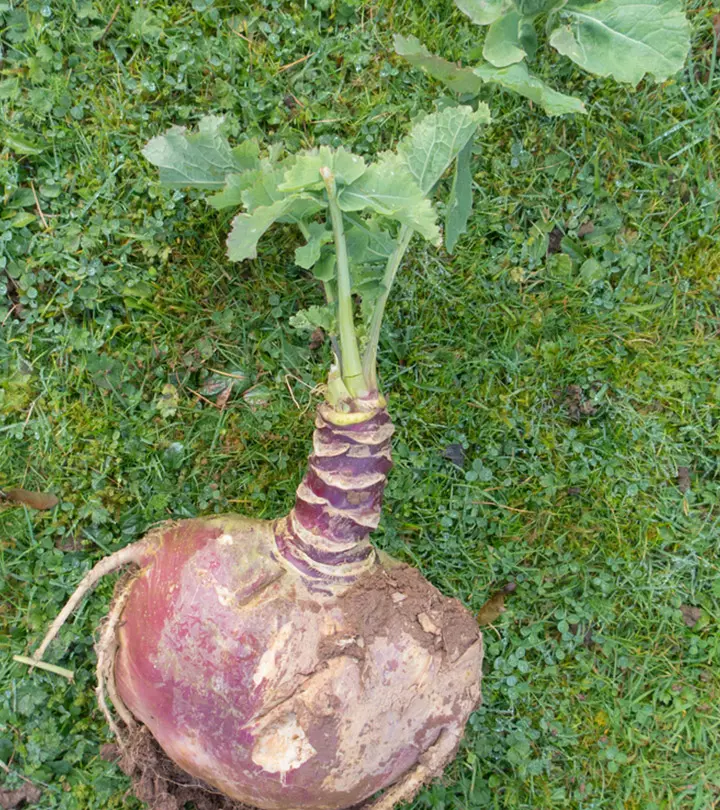
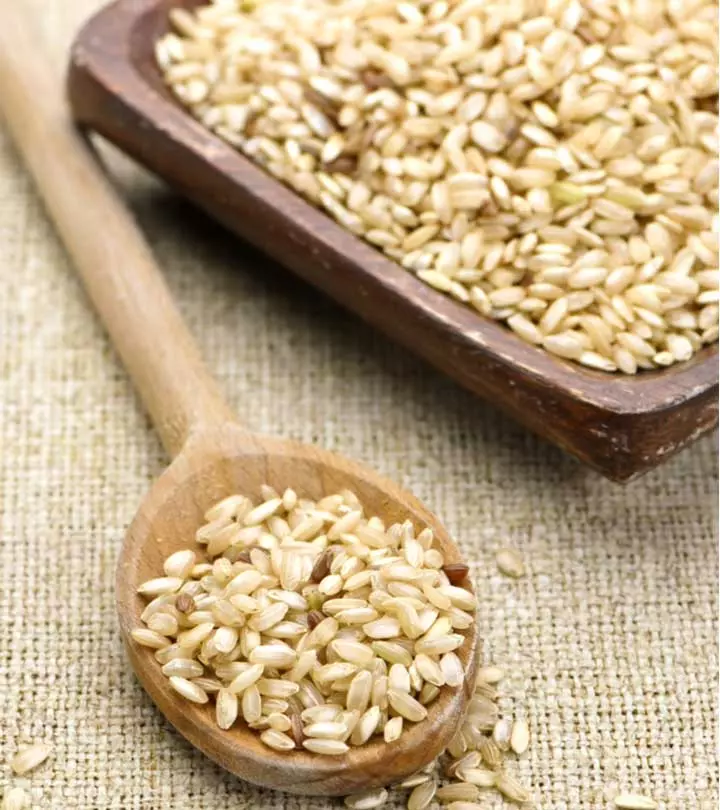
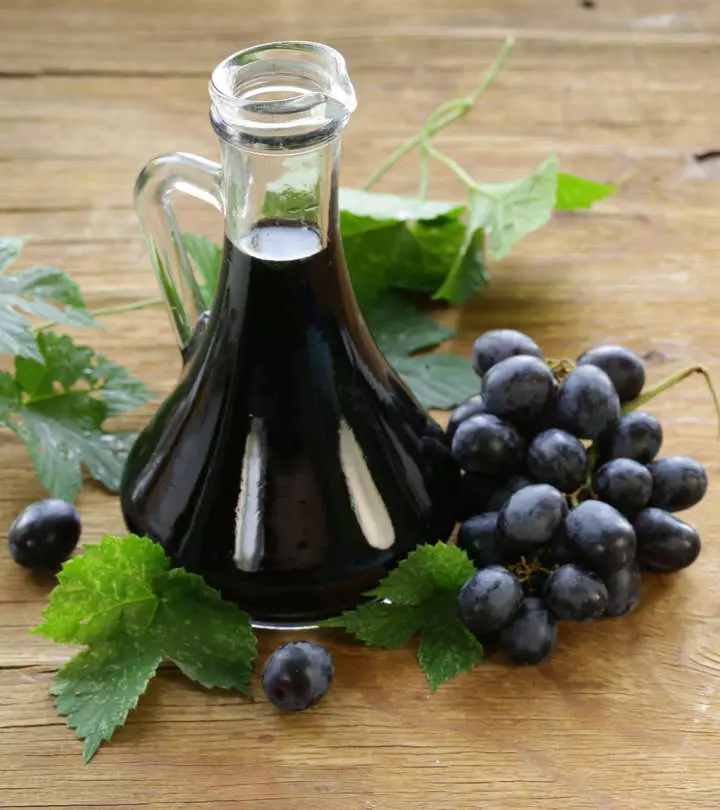
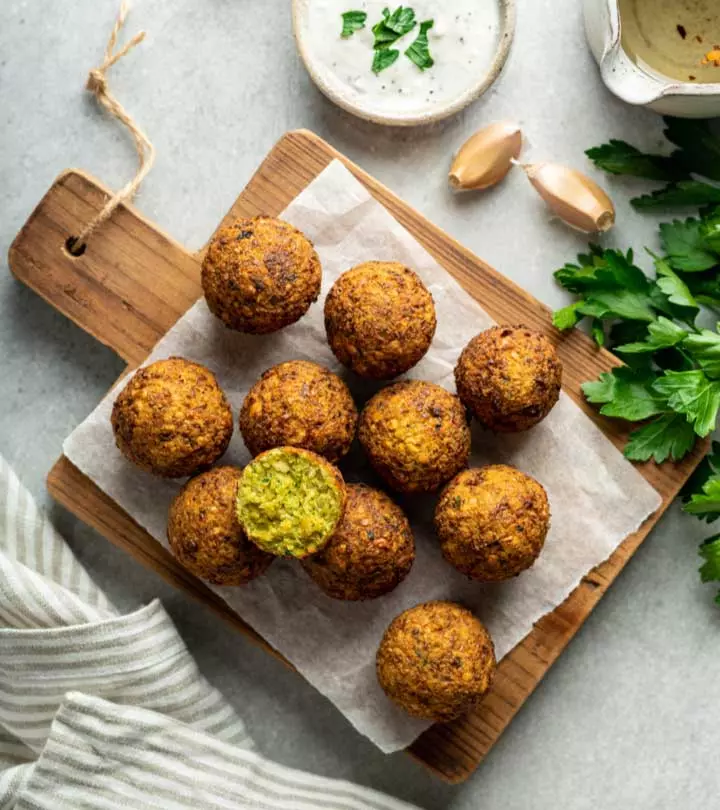

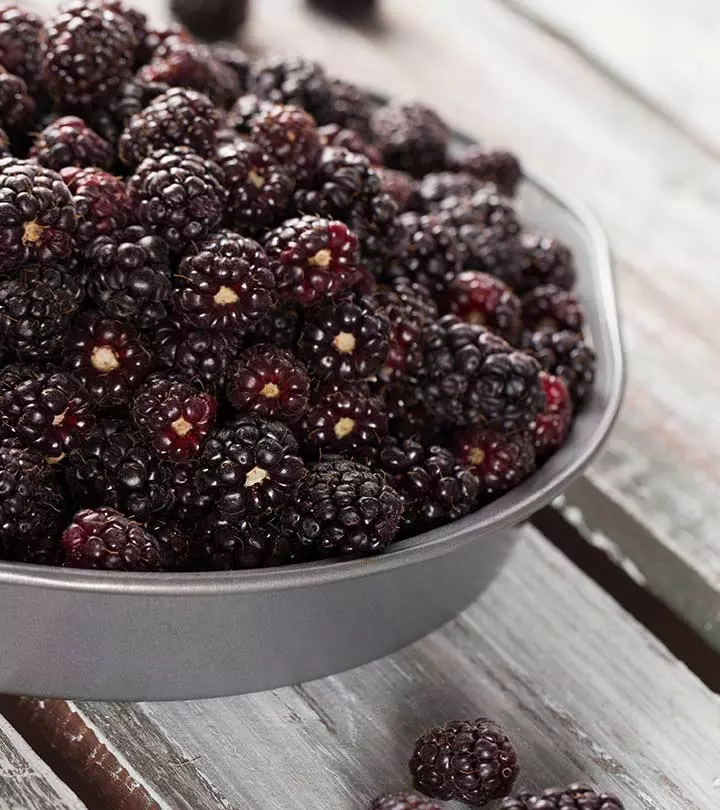


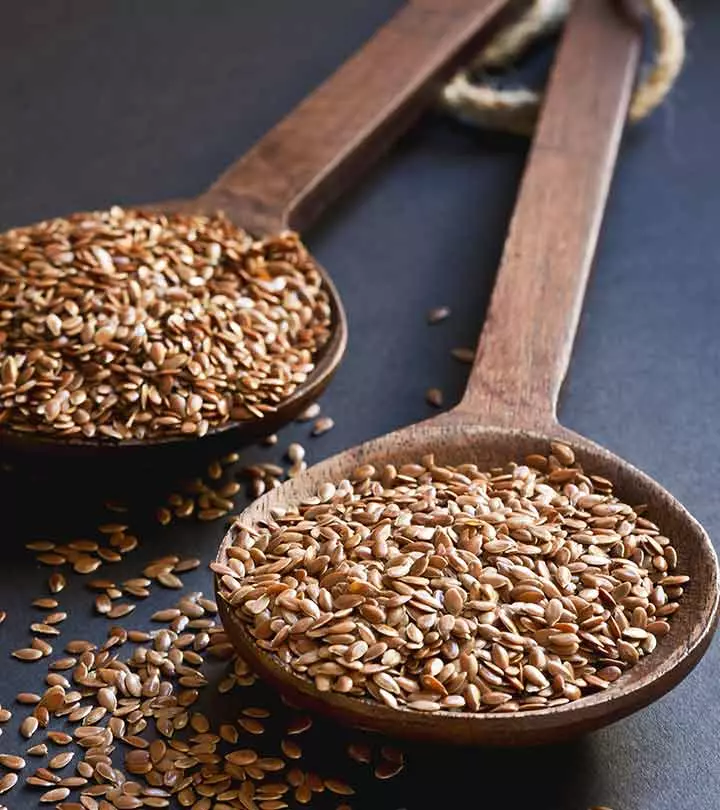

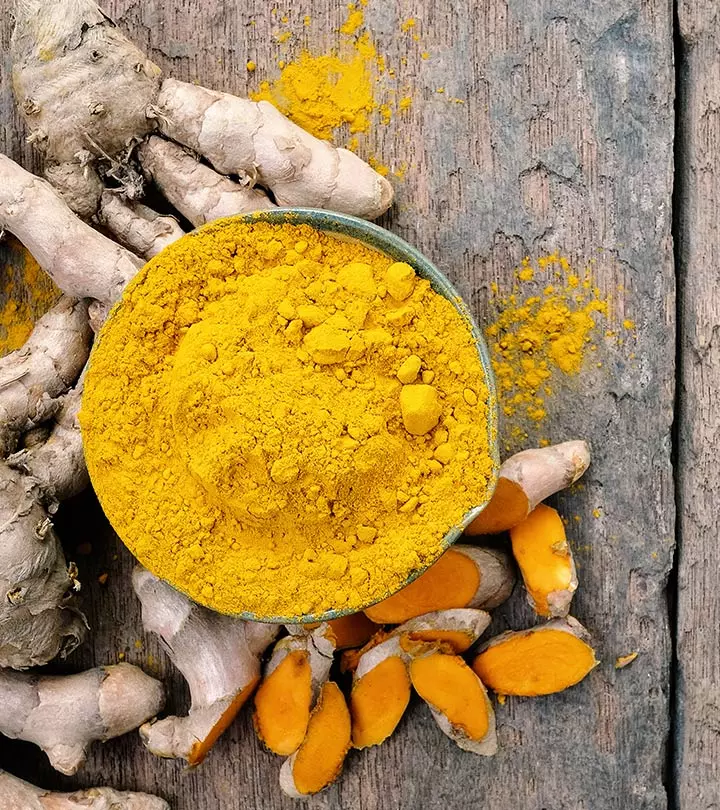

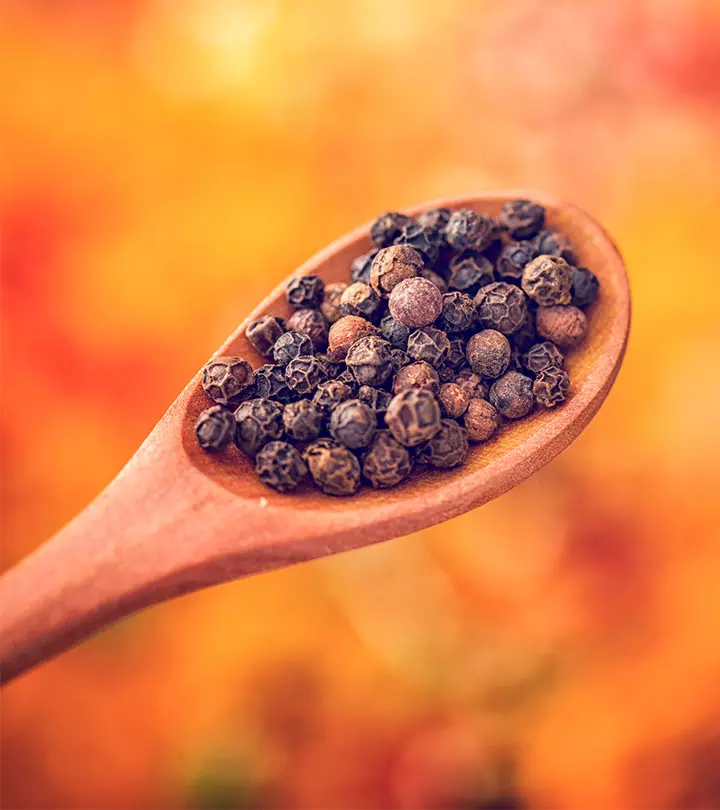

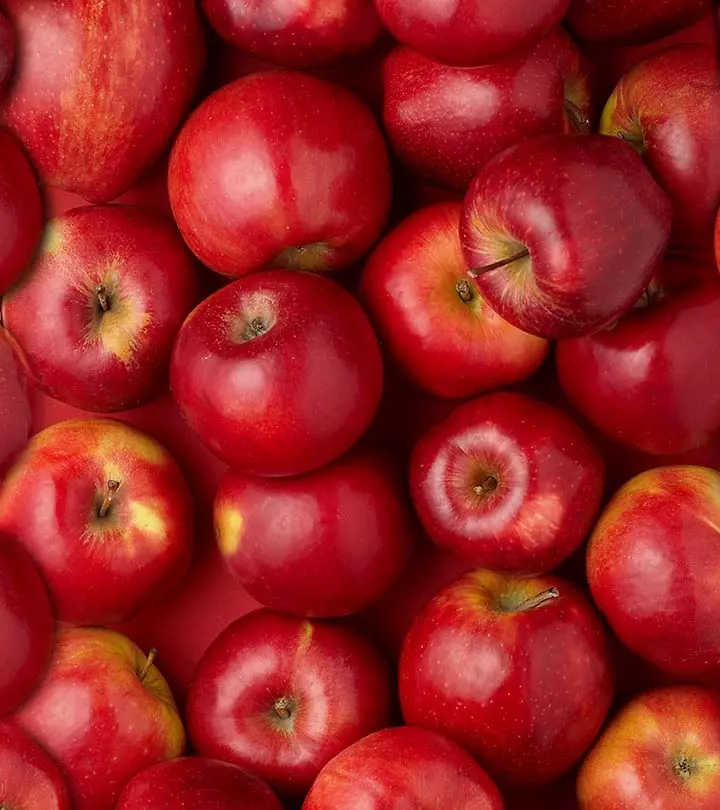
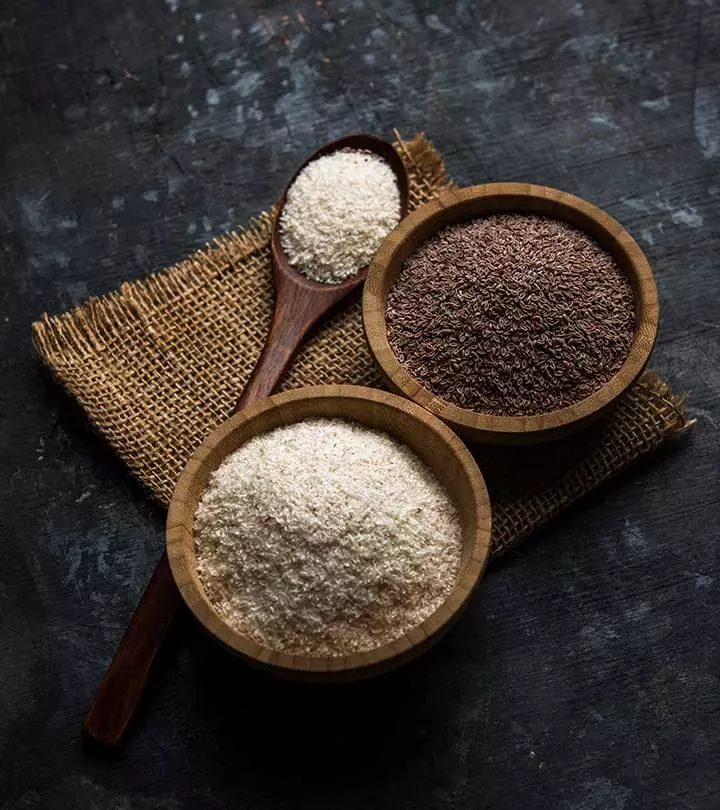
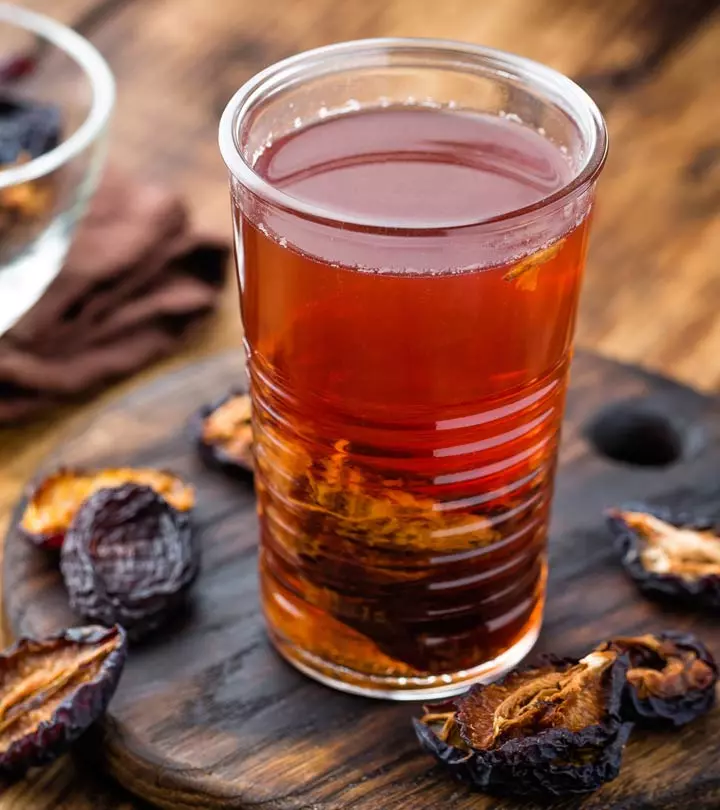

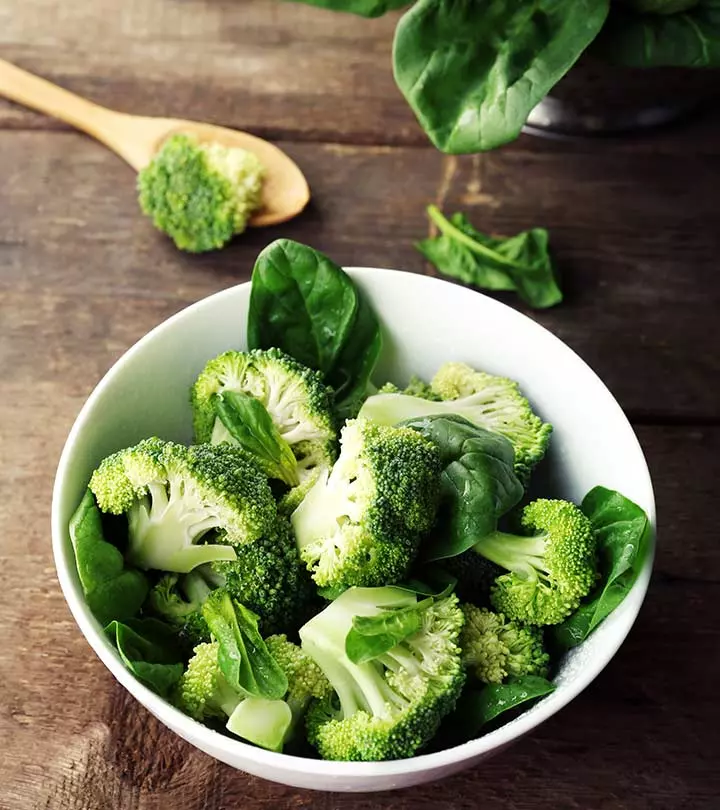
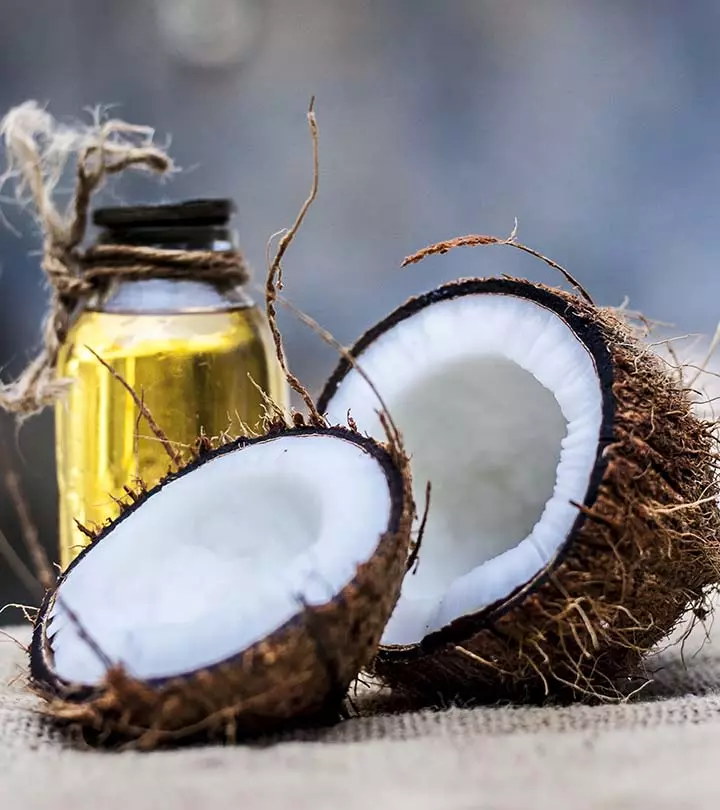
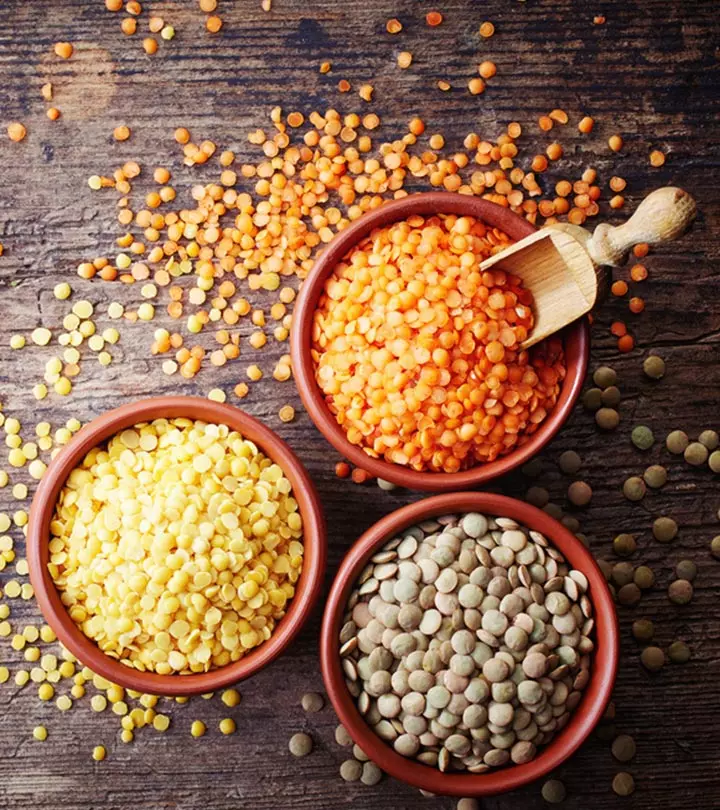
Community Experiences
Join the conversation and become a part of our empowering community! Share your stories, experiences, and insights to connect with other beauty, lifestyle, and health enthusiasts.